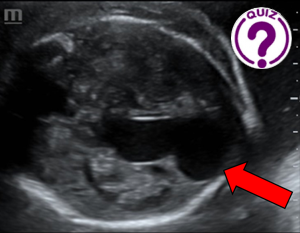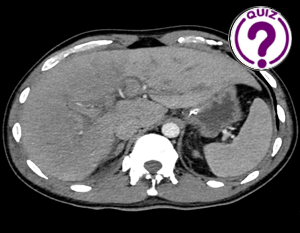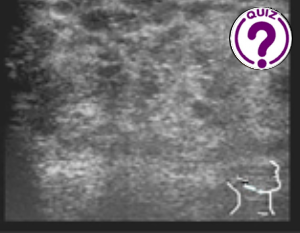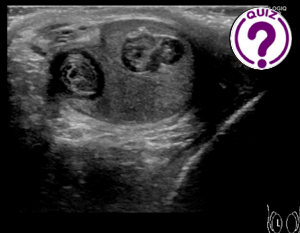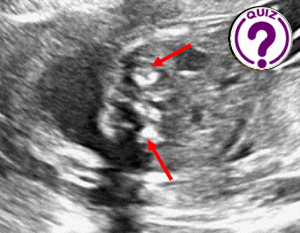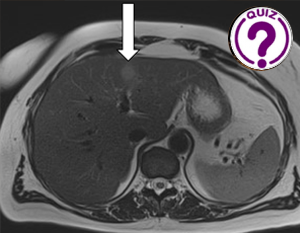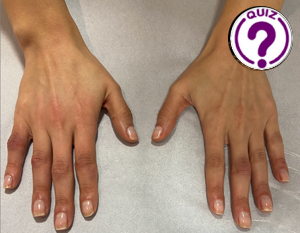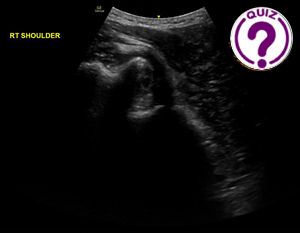Gallery
September 4, 2024
Nadhem KAMMOUN, Dora KHOMSI, Wièm DOUIRA-KHOMSI Department of Paediatric Radiology, Béchir Hamza Children’s Hospital, Tunis, Tunisia * Correspondences: Nadhem.kammoun@medecinesfax.org; dora.khomsi@gmail.com; khomsiwiem@yahoo.fr Clinical history A 22-year-old patient […]
August 4, 2024
Marco Dybdahl1, Chenxi Huang1 1 Department of Radiology, Copenhagen University Hospital, Rigshospitalet * Correspondence: marco.dybdahl@regionh.dk Clinical history A 44-year-old male with a 3-year history of ulcerative […]
July 5, 2024
Yung-Liang Wan1,* Yao-Fan Fang2, Wen-Yu Chuang3, Kuang-Hui Yu2 1. Department of Medical Imaging and Intervention, Linkou Chang Gung Memorial Hospital, Chang Gung University, Taoyuan City, Taiwan […]
June 17, 2024
Rune Fuglø-Mortensen1*, Jonathan Frydenlund Cohen2 Department of Radiology, Herlev and Gentofte Hospital, Denmark; Department of Radiology, Rigshospitalet, Copenhagen University Hospital, Denmark * Correspondences: rune.fugloe.mortensen@regionh.dk Clinical history […]
May 28, 2024
Jeong Yeon Cho Department of Radiology, Seoul National University Hospital, Seoul, Korea * Correspondences: radjycho@snu.ac.kr Clinical history A 31-year-old pregnant woman was referred to our department at […]
March 30, 2024
Jihene Belhadj Ali, Wiém Douira-Khomsi Department of Paediatric Radiology, Béchir Hamza Children’s Hospital, Tunis, Tunisia * * Correspondences: bhjjihene@gmail.com ; khomsiwiem@yahoo.fr Clinical history A […]
March 15, 2024
Maria Franca Meloni1 *, Debora Cidoni2 , Giacomo Gazzano1, and Sandro Sironi2 , 1 Casa di Cura Igea: Department of Radiology, Milano, Italy 2 Department of […]
March 1, 2024
Eliza Ducati 1*and Isabella Wender 2 1 Radiology Department, Hospital das Clínicas São Paulo – São Paulo, Brazil. 2 Dermatology Department, Hospital São Lucas da PUCRS […]
February 1, 2024
Adrian Goudie 1 1 Fiona Stanley Hospital, Perth, Australia. * Correspondence: adrian.goudie@health.wa.gov.au Clinical history A middle aged man presented with a painful right shoulder after falling […]

